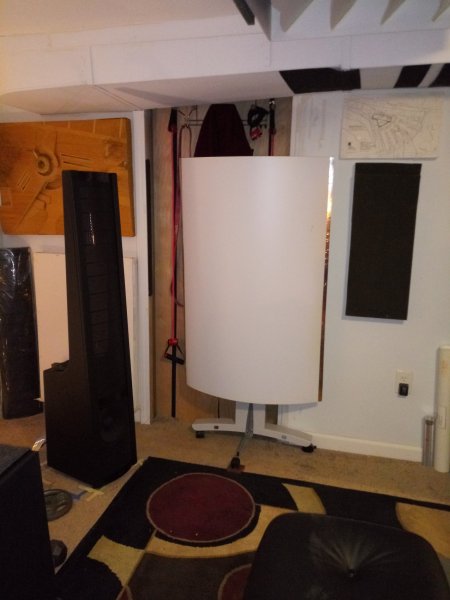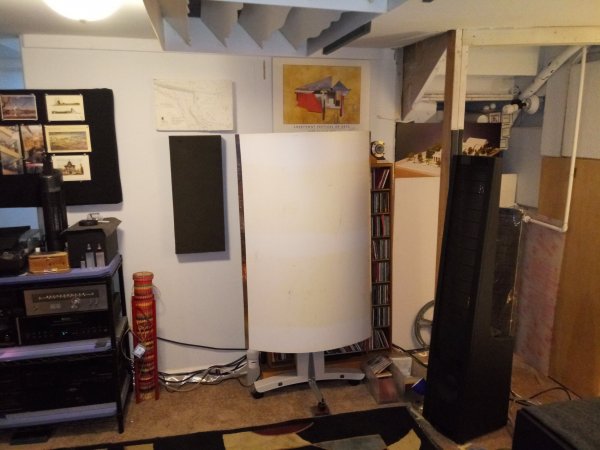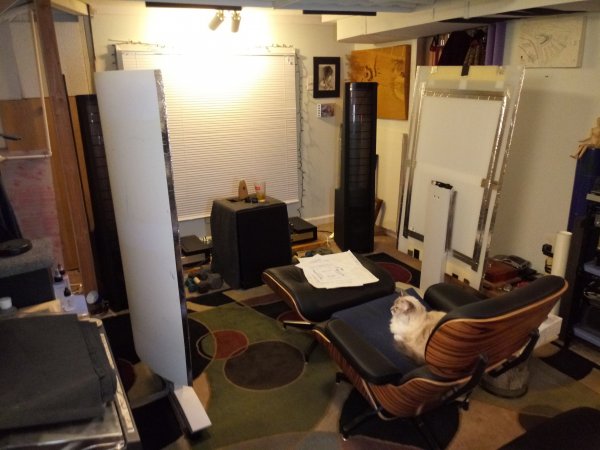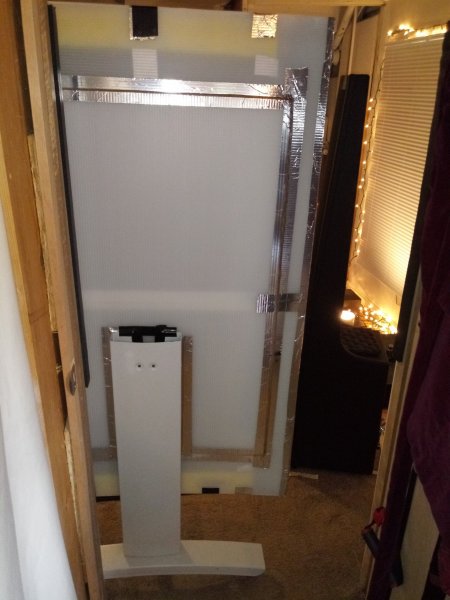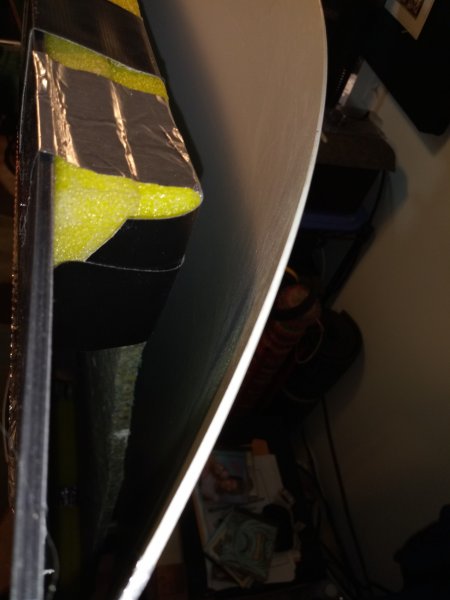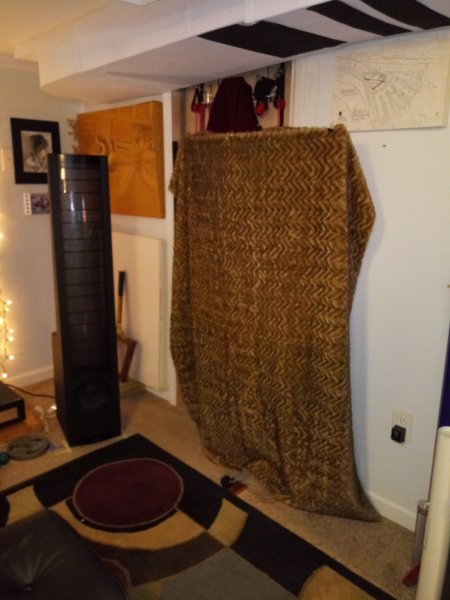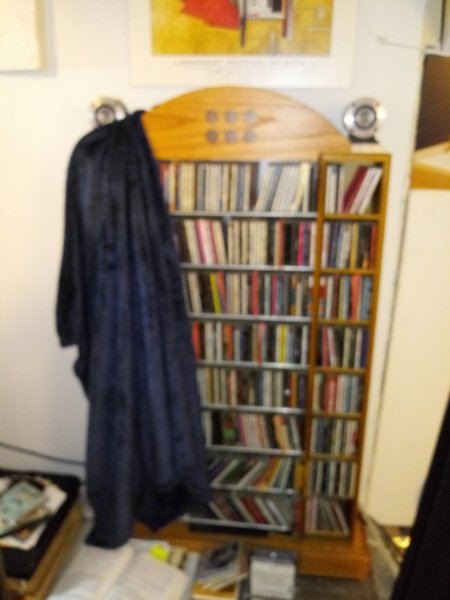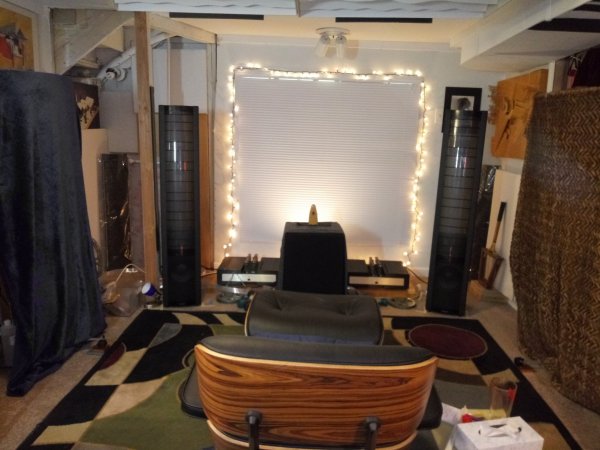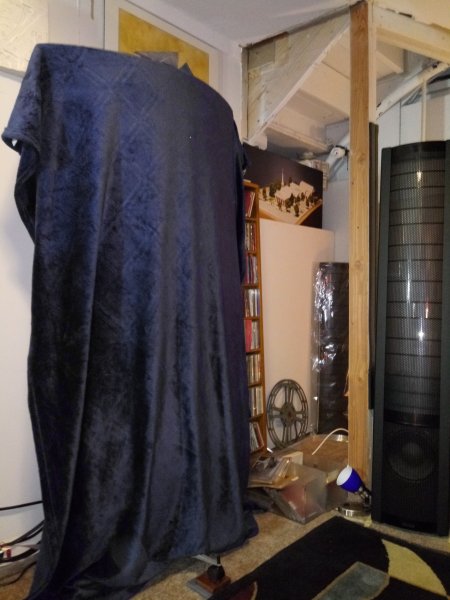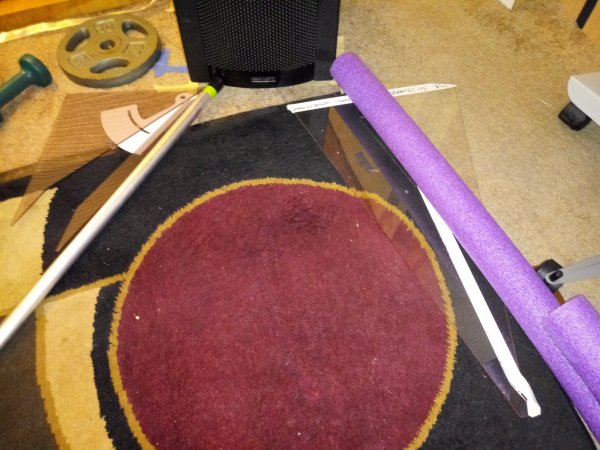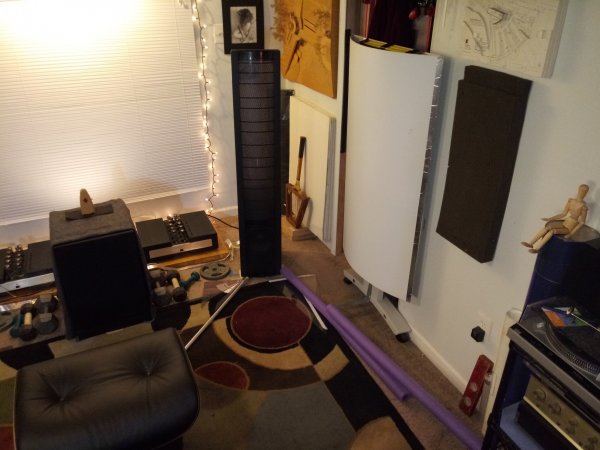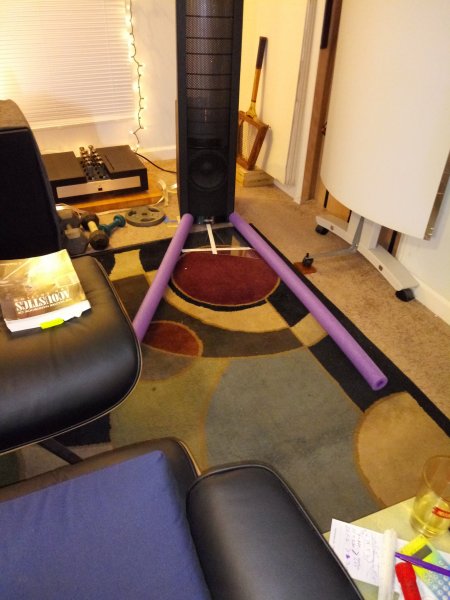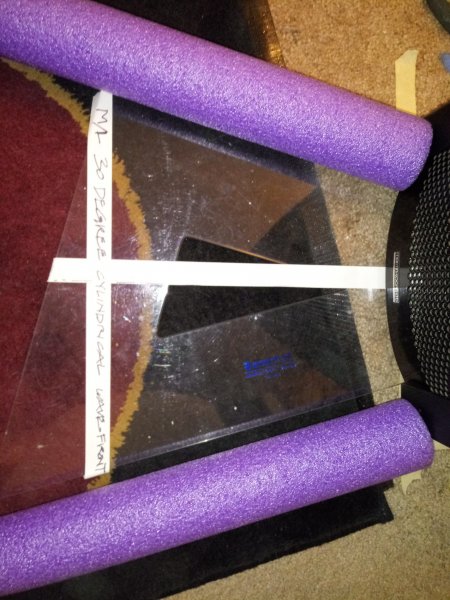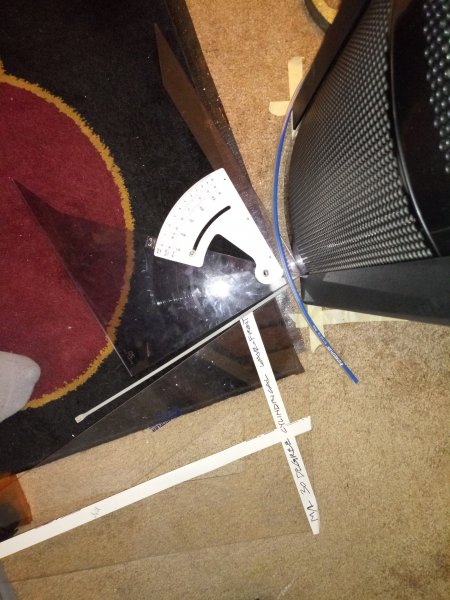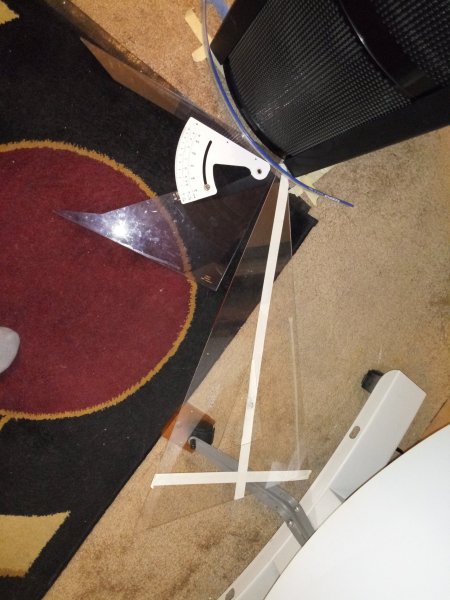https://www.hifiplus.com/articles/m...1a-hybrid-electrostatic-loudspeaker-1/?page=3
Dispersion Horizontal: 30 Degrees............what exactly does that mean?
Polar radiation pattern lobes on the M/L hybrids at let's say 400Hz to 500Hz are 3D pear or strawberry shaped, correct?
Now that I have my old Aerius speakers set up in a near idea room I find the stereo imaging sweetspot no more narrow than conventional speakers, and 1st plus 2nd reflection points using a mirror are important.
In addition, recently installed ceiling acoustic treatments have heightened the imaging scale in the vertical.
How can this happen if the wave launch or projection of sound is planar?
Is what we have been told for decades been a big lie?
That is to say, are M/L' s really narrow dispersion?
Dispersion Horizontal: 30 Degrees
Dispersion Horizontal: 30 Degrees............what exactly does that mean?
Polar radiation pattern lobes on the M/L hybrids at let's say 400Hz to 500Hz are 3D pear or strawberry shaped, correct?
Now that I have my old Aerius speakers set up in a near idea room I find the stereo imaging sweetspot no more narrow than conventional speakers, and 1st plus 2nd reflection points using a mirror are important.
In addition, recently installed ceiling acoustic treatments have heightened the imaging scale in the vertical.
How can this happen if the wave launch or projection of sound is planar?
Is what we have been told for decades been a big lie?
That is to say, are M/L' s really narrow dispersion?


